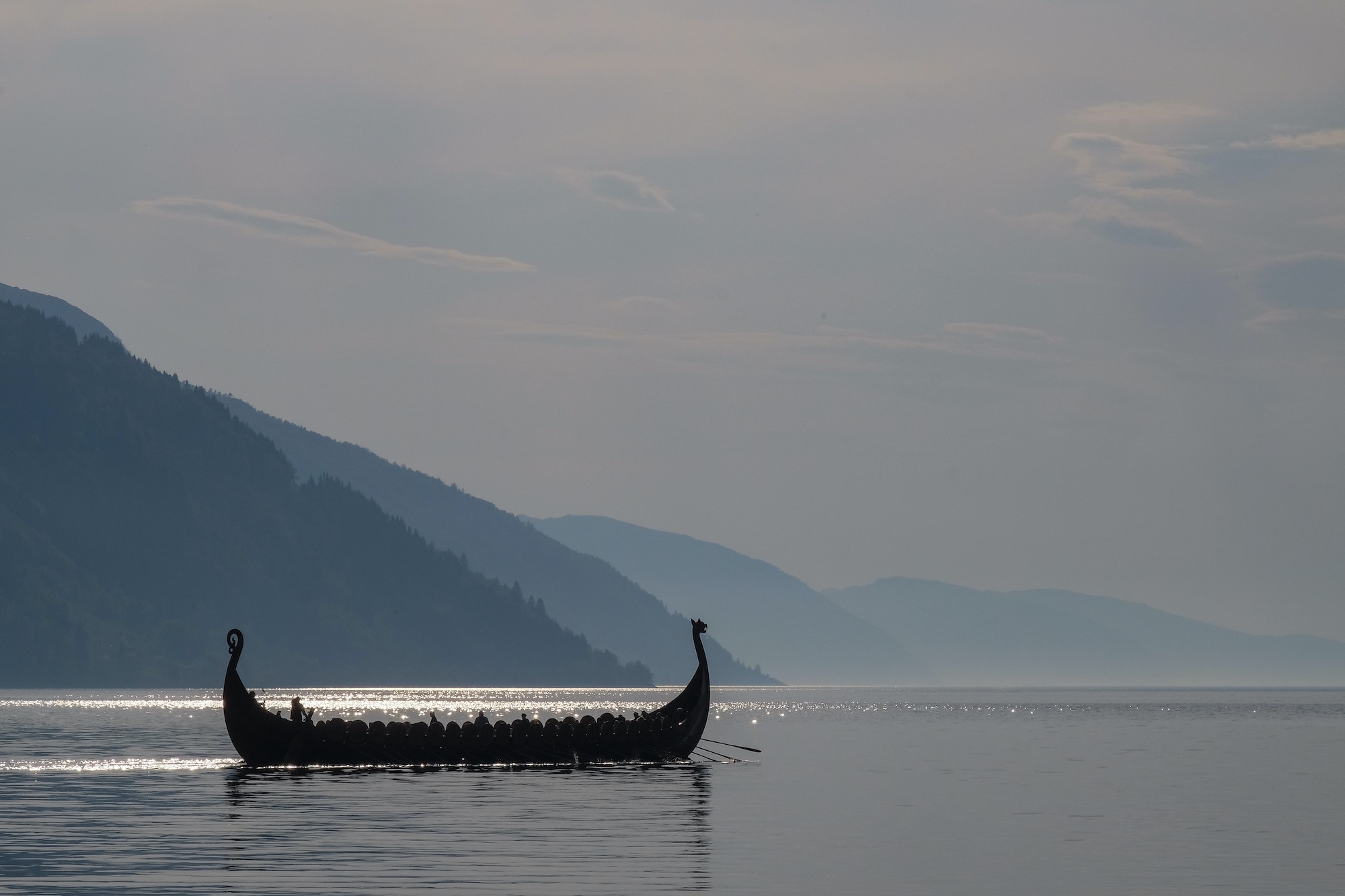The reason why the Vikings left Greenland in the early 15th century remains unclear. The declining temperature during the Little Ice Age had been thought to be one of the important factors. However, new evidence suggests that increasingly dry conditions played a more important role in undermining the viability of the Norse Settlement than minor temperature changes.
Views 3111
Reading time 4 min
published on Apr 20, 2023
Norse settlers, led by Erik the Red, developed the Eastern Settlement on southern Greenland in 985 CE. The Norse farmers raised cattle and sheep on cleared pastureland for sustenance. The settlement became quite successful and its estimated population reached to about 2000 people.
Then suddenly, they vanished. The last written evidence confirming their appearance was a wedding at a church in southern Greenland in 1408. Their mysterious disappearance has been linked to multiple issues, including climate change, management failure, economic collapse, and so on. With little scientific evidence, the actual reasons remain unclear. Nevertheless, climate change has been considered an important factor because Southern Greenland was always near the limit of land fertility for the Norse settlers. For example, the Norse farmers had to retain their cattle and sheep in the warm dark byres in order to pass the winter. By spring, the Norse farmers had to carry them out to pasture because many cattle were too weak to move. Therefore, temperature decline might lead to a deteriorated livestock farming, which helped push the Norse to leave Greenland.
Temperature decline has been thought to explain the Eastern Settlement abandonment, based on the notion that the Norse arrived during a relatively warm interval and were able to survive until the Little Ice Age when temperatures dropped. However, the precise temperature history from this region is unclear. Moreover, modern Greenland agriculture suggests that summer rainfall is more important to the hay production rather than temperature changes. Unfortunately, there is no rainfall records from this region during the Norse period. Here, we use organic molecular fossils preserved in lake muds at a site adjacent to a former Norse farm to provide the local temperature and hydroclimate history.
To reconstruct temperatures, we used a proxy called branched glycerol dialkyl glycerol tetraethers (brGDGTs). It is a suite of lipids, which are produced by bacteria. To validate the application of brGDGTs in “Lake 578”, located in the Eastern Settlement with Norse ruins in the watershed region, we designed a 3-year sediment trap experiment. We collected materials that was gradually deposited from the lake surface to the bottom at different water depths and measured the brGDGTs. The results showed that the changes in brGDGT distributions in the lake water are a response to temperature changes. With this site-specific experiment, we tracked brGDGT changes from the layers of mud on the lakebed, which were dated with carbon-14, and allowed reconstruction of temperatures for the past ~1700 years. Although temperatures showed fluctuations during the Norse period, we found neither long-term cooling trends, nor abnormal cooling events in the 15th century. If temperature behaved normally, how about the hydroclimate?
To examine the hydroclimate variability, we used hydrogen isotopes of plant leaf waxes (the coating visible on the surface of plant leaves) preserved in the lake mud. When terrestrial plants lose water because of the evaporation under a drier climate, the leaf water content becomes enriched in hydrogen isotope. This change in hydrogen isotope content of the leaf water will be reflected in the leaf wax hydrogen isotopes. Leaf wax would be transferred to the lake by wind and water and then buried in the bottom muds. By measuring the leaf wax hydrogen isotopes from the well-dated lake mud, we found that southern Greenland experienced a persistent drying trend, which peaked in the 16th century. If dry summers appeared more often, the Norse farmers would have been struggling to harvest enough grass to keep their livestock fed over winter.
Excavations in the Eastern Settlement have revealed evidence that the Norse farmers attempted to adapt to this drying trend. Irrigation channels were used by the Norse farmers to better capture and utilize water. In addition, the Norse diet shifted: they ate more terrestrial source food at the beginning and gradually transitioned to marine-based food over time. A drier climate might lead to a decline in the animals raised on Norse farms, so the farmers had to conduct more marine hunting, which was a more uncertain and dangerous way to obtain food. Finally, improper management of the drying climate would have hampered the resilience of the Norse community. This could potentially have caused the eventual abandonment of Eastern Settlement.
Besides, it should be noted that droughts are still threatening the local Greenlandic farmers nowadays. For example, drought in southern Greenland resulted in a 50% reduction in hay production in 2008. While these shortages can now be made up by importing hay, this was not an option for the Norse farmers. Our results therefore highlight the important role of hydroclimate as one of the major factors explaining the abandonment of the Eastern Settlement.
Original Article:
Zhao B, Castañeda IS, Salacup JM, Thomas EK, Daniels WC, Schneider T, De Wet GA, Bradley RS. Prolonged drying trend coincident with the demise of Norse settlement in southern Greenland. Science Advances 2022; 8: 12. doi: 10.1126/sciadv.abm4346
 Earth & Space
Earth & Space



